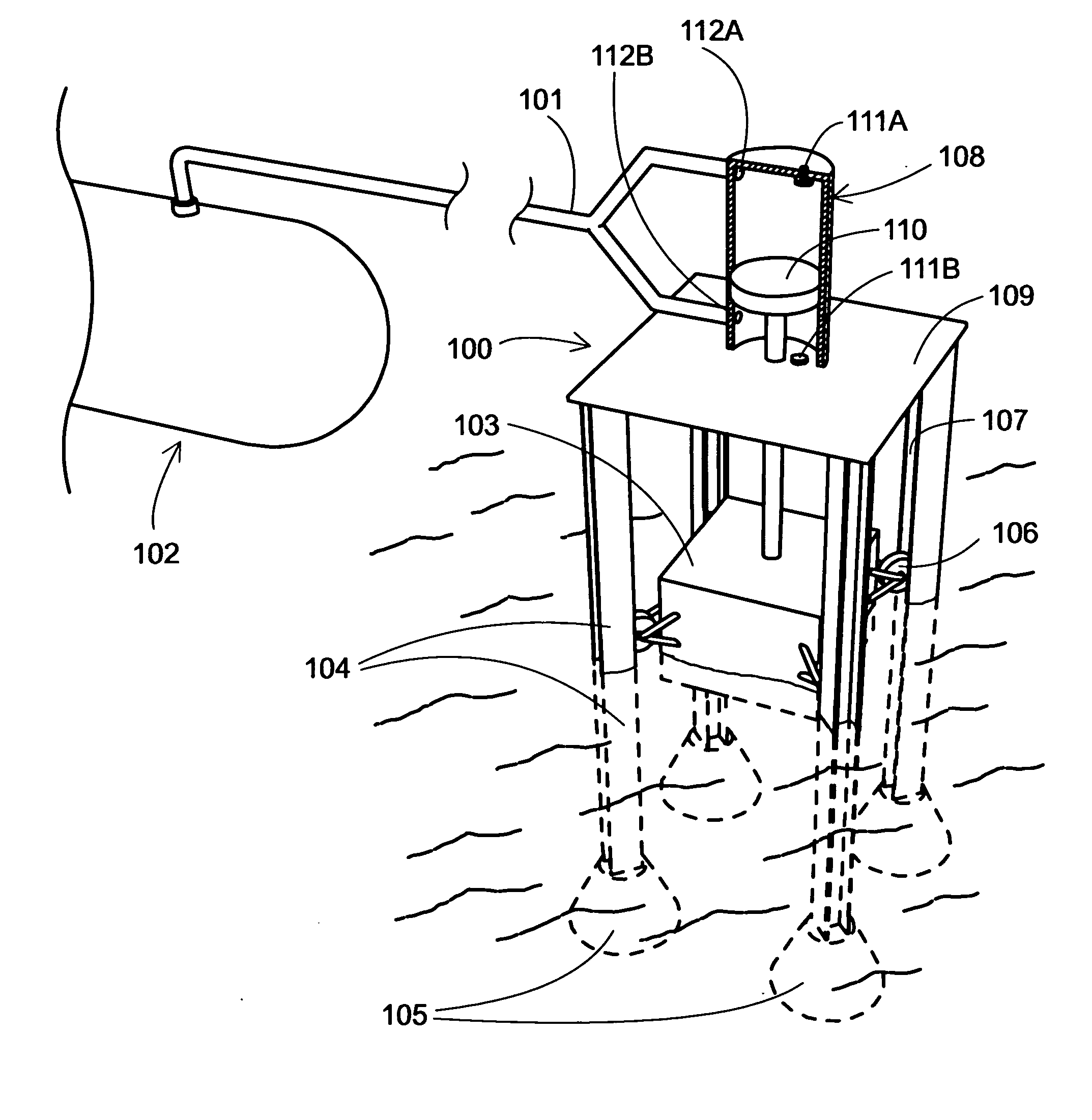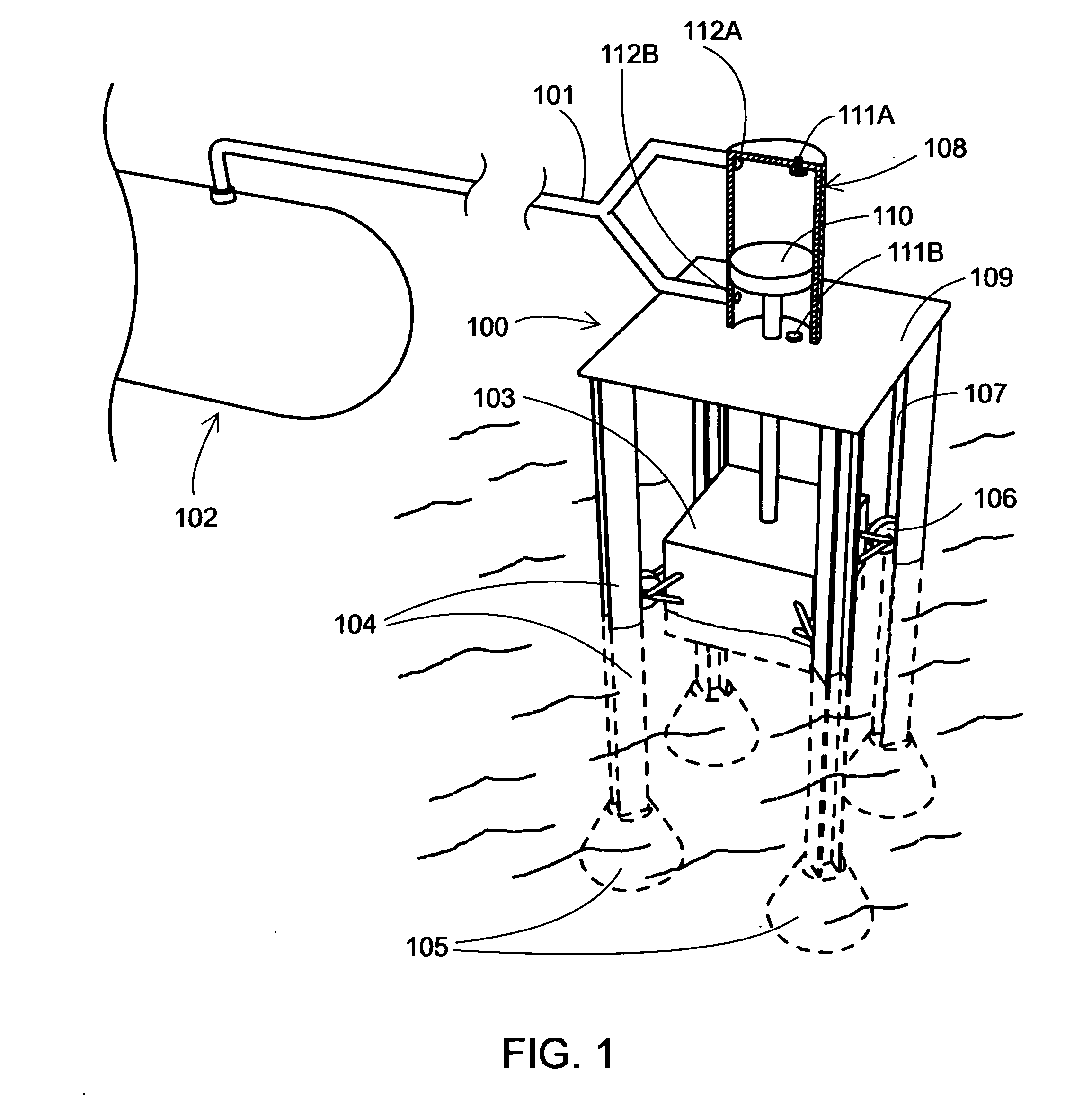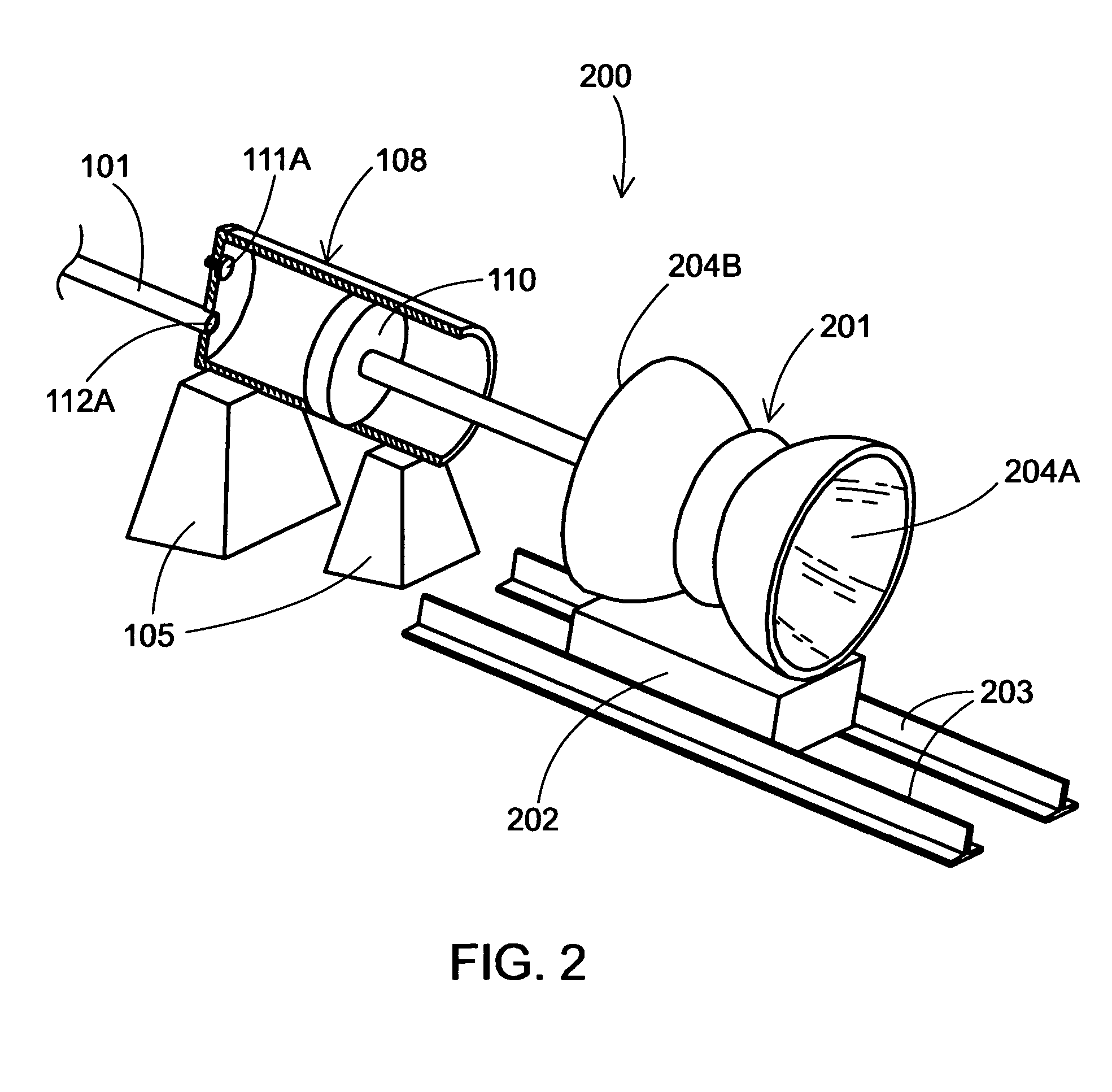Few
non profit organizations and some private companies tried some ventures with the help of their respective governments and universities using public fundings, however no one has come up with a very low budget but efficient solution to bring this venture within the reach of average entrepreneur.
Few companies has tried to use different variations of different
closed loop systems, but a viable efficiency could not be achieved because the required pressure could not be achieved by simply covering the wave raised area to
gain air pressure, as the pressure distributes evenly in all directions therefore the pressure at the
exit side diminishes significantly therefore
air velocity is used as a last resort.
Secondly during inflation and deflation cycles, a major portion of incoming energy is cancelled out by the outgoing deflating energy.
Therefore the pioneers have been using a small portion of a half curve of the sea wave resulting in little success.
Whist significant technological advances have been made in the conversion of energy from some of these alternative areas such as wind and solar, the majority of wave powered generation systems proposed to date has not been physically practical and / or economically viable.
However, all of the systems proposed so far have had their limitations.
Again, the main deficiencies with these latter wave driven air
turbine systems, is the restricted overall achievable energy efficiencies.
This is due primarily to the limitations firstly in the means of focusing the wave energy to maximize the wave displacement amplitude, and secondly in the operating efficiencies inherent in the
turbine design.
Once again these types of systems have been limited so far in respect of the maximum achievable wave amplification for a given level of capital expenditure.
In the second case most prior art turbines are designed for
constant velocity rotation in response to fluid flow in one direction only, and as such are unable to operate continuously in response to the reversing fluid flow conditions present in wave powered applications of the kind discussed above.
However, a number of specially configured unidirectional turbines have been designed for these reversing flow conditions, the most commonly used devices being based on what is known as the “Wells”
turbine.
However, these early turbines were known to suffer from stalling, often resulting in the
shut down of the wave energy harnessing
plant.
This stalling occurs due to the fact that such a turbine needs to be designed around anticipated levels of air flow, whereas the size of the
waves entering the turbine chamber cannot be controlled for all occasions.
This is because it sacrifices the first set of blades by allowing them to correspondingly stall and
shut down, the second set of blades then continuing operation at a reduced pace and efficiency.
It will therefore be-appreciated that most prior art turbines suited to this type of application are often quite complex in design and usually have severe limitations in relation to operating conditions and / or efficiencies.
In the prior art most wave energy extraction devices were based on
spinning motion but they were not effective enough because the frequency of
waves and its force is always unpredictable therefore the
momentum of
spinning “RPM” cannot be maintained without compromising with its efficiency.
Other embodiments are either indirect or much complicated to be economically viable.
Some prior art use a
single cycle stroke or reciprocal
stroke using the bouncing force of the wave but prior art has failed to extract direct energy of the weight of the sinking wave in any prior art.
Some prior art has tried to use both wave cycle energy by compressing the air in a tight vessel and decompression created by the sinking wave to run turbine but their process has a major defect of self cancellation of two air columns in opposite direction wherein its efficiency is seriously compromised.
 Login to View More
Login to View More  Login to View More
Login to View More 


